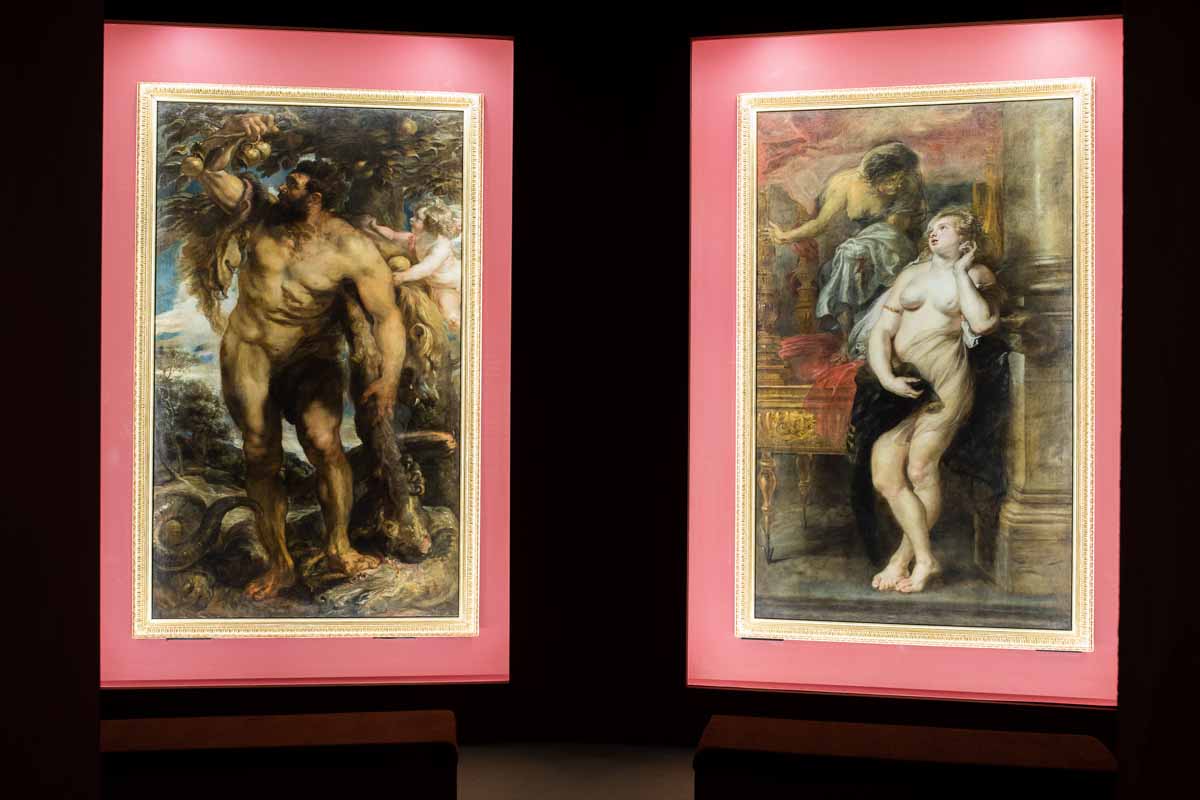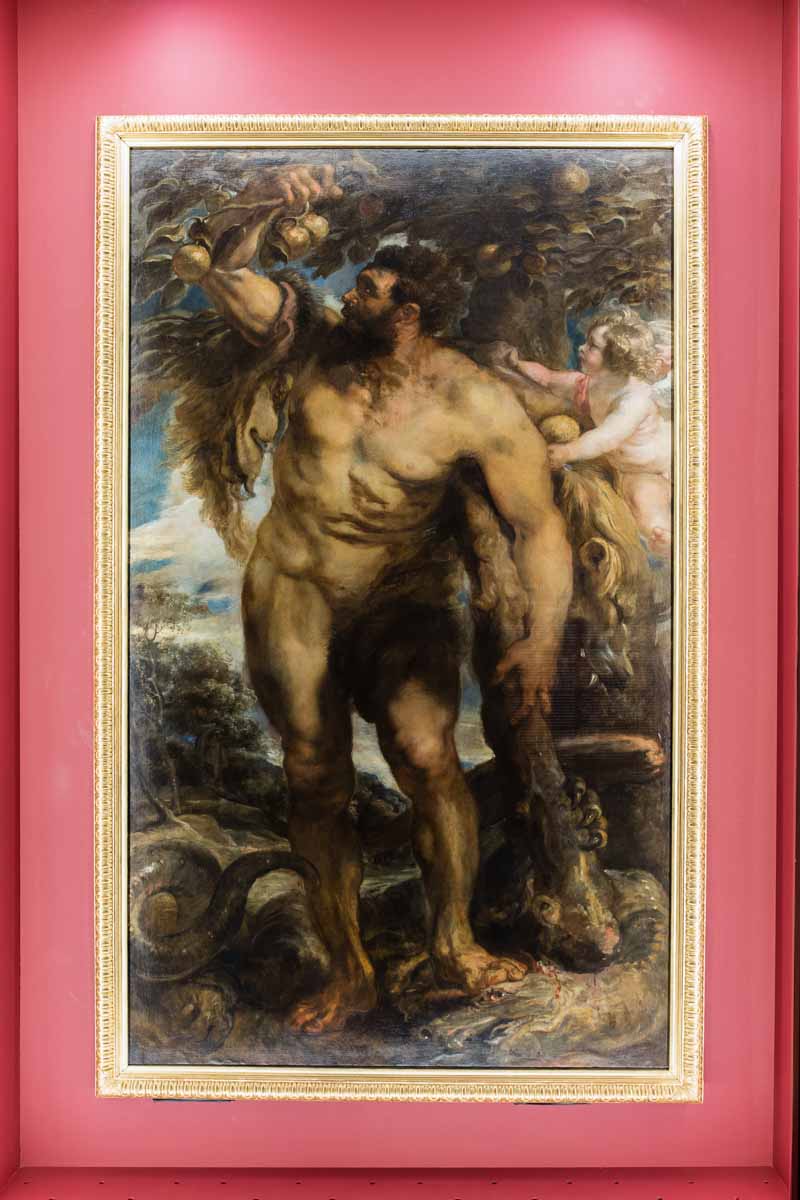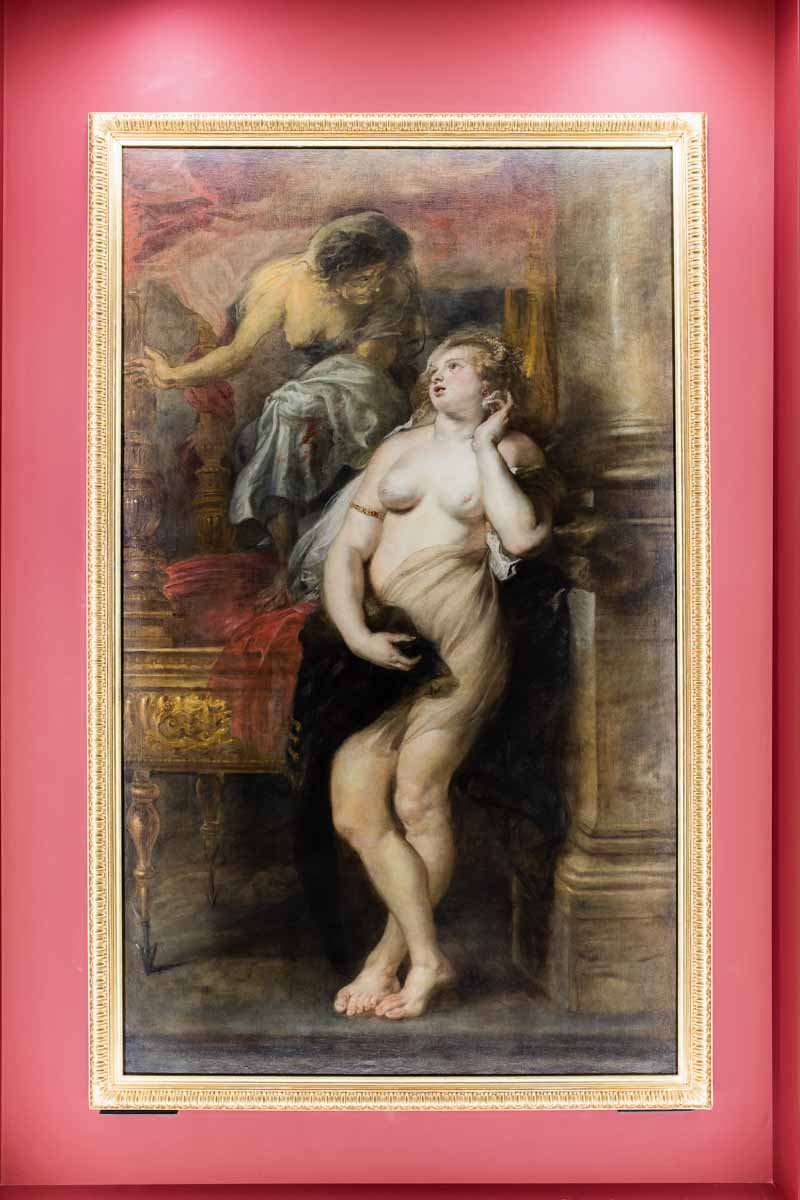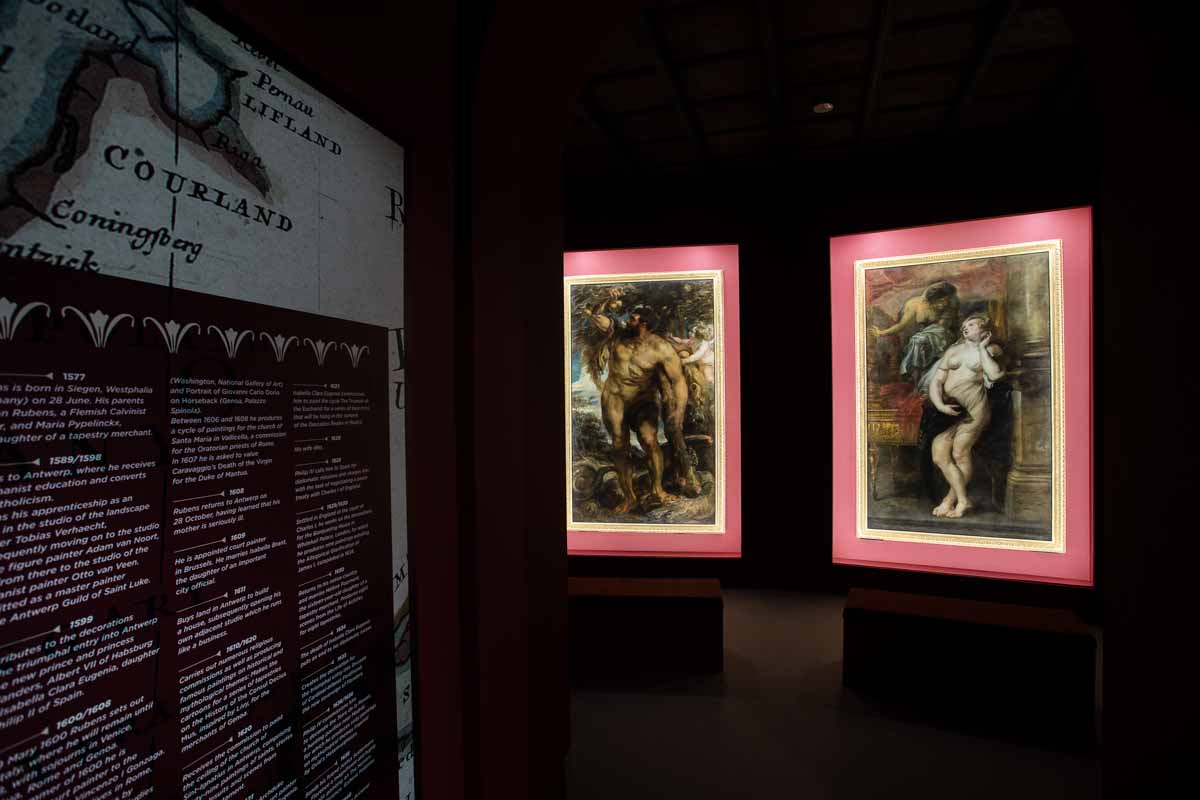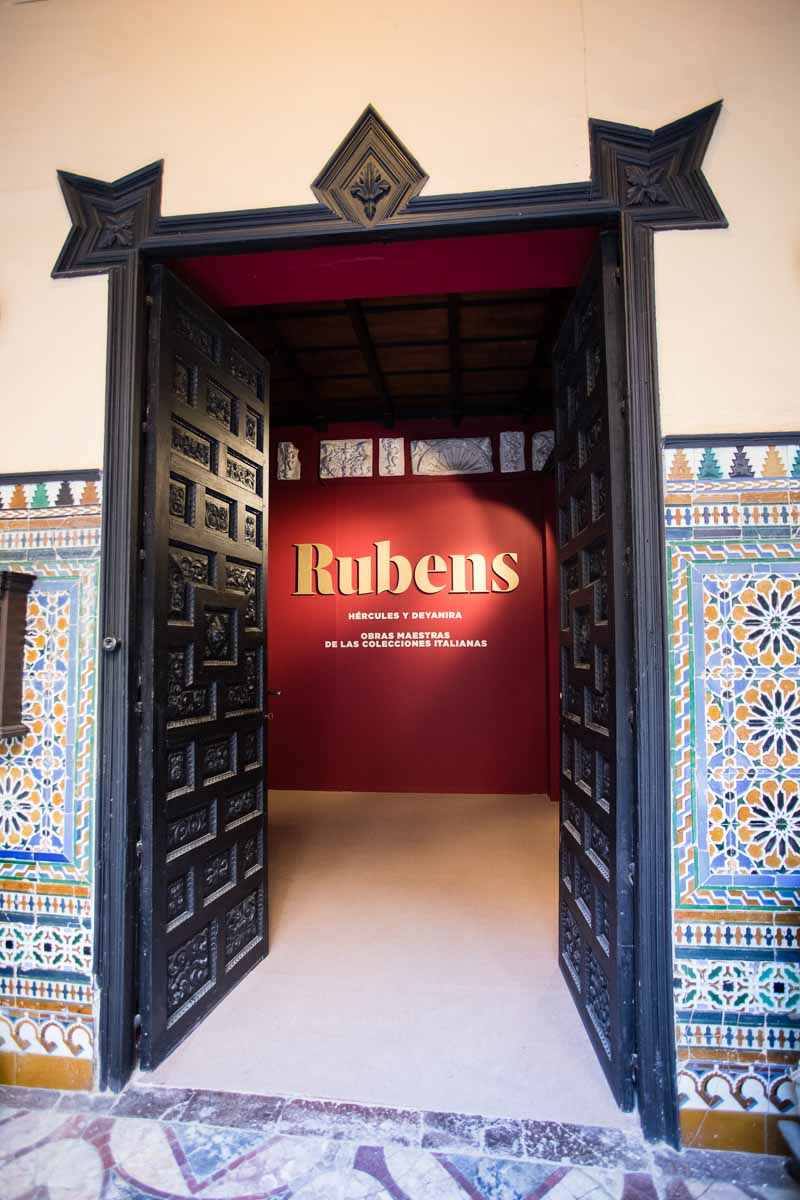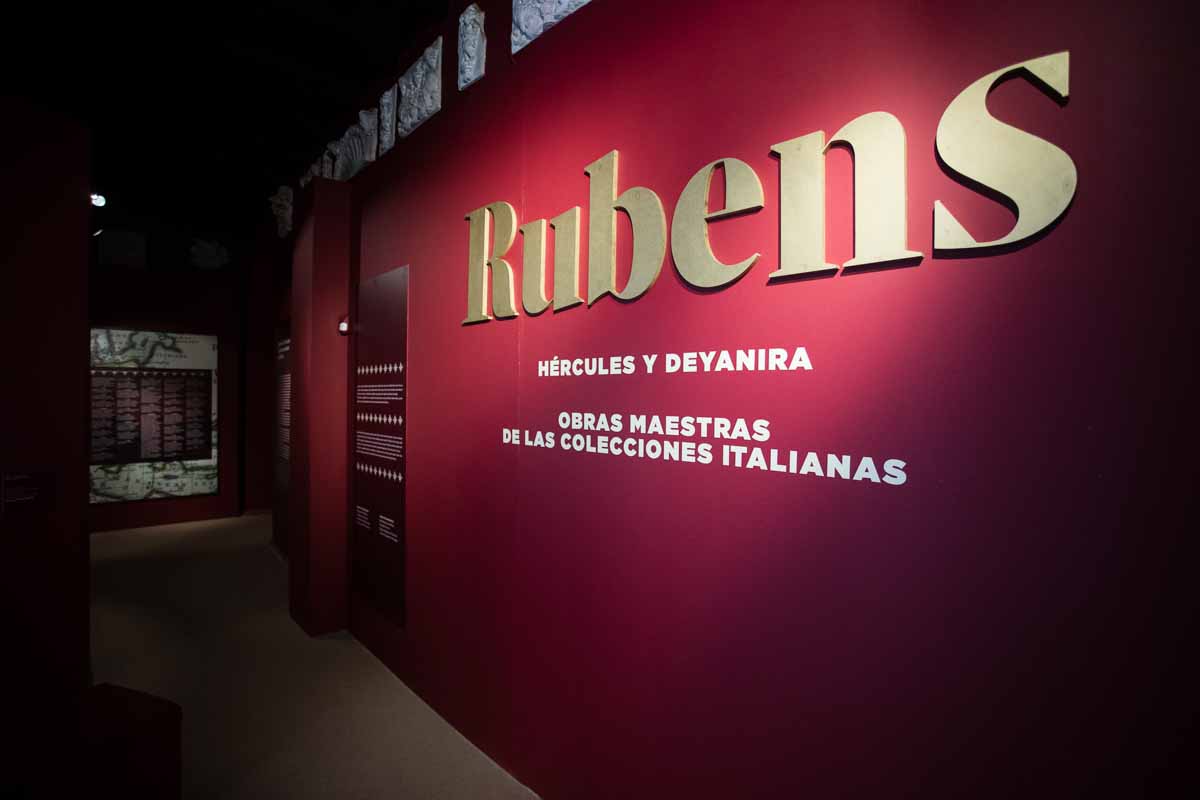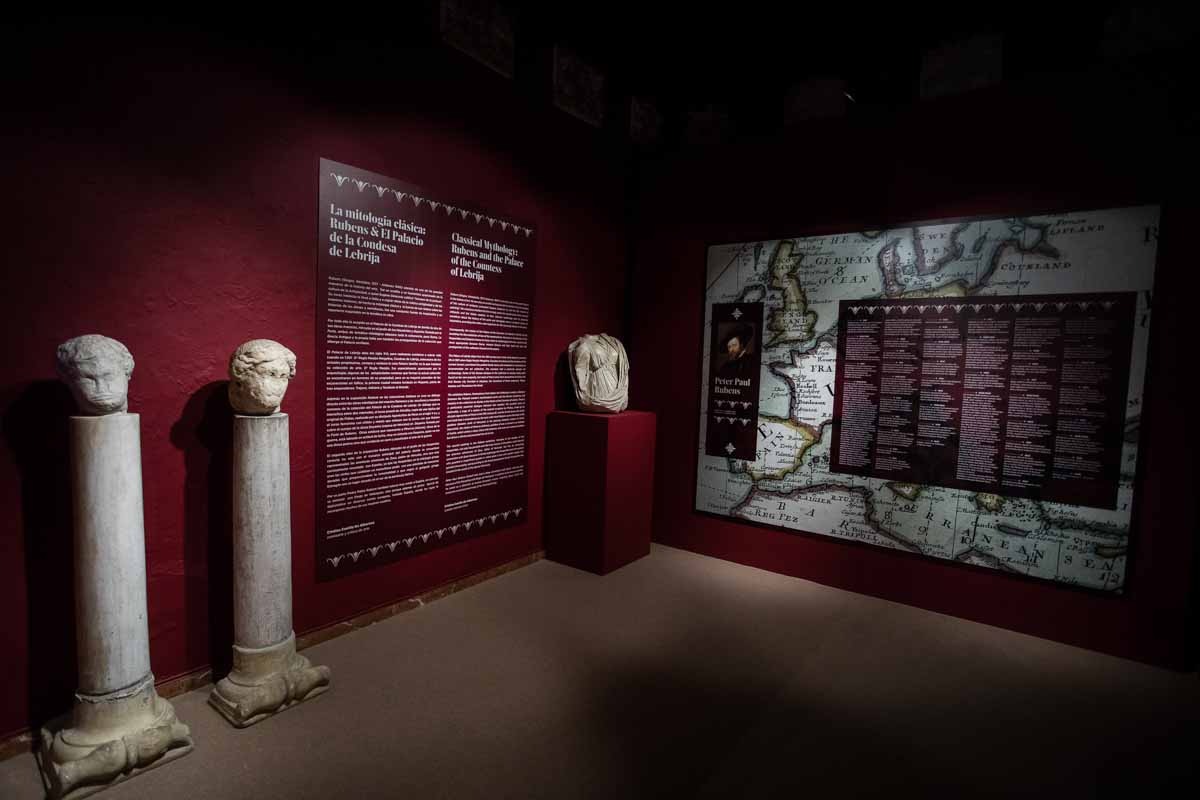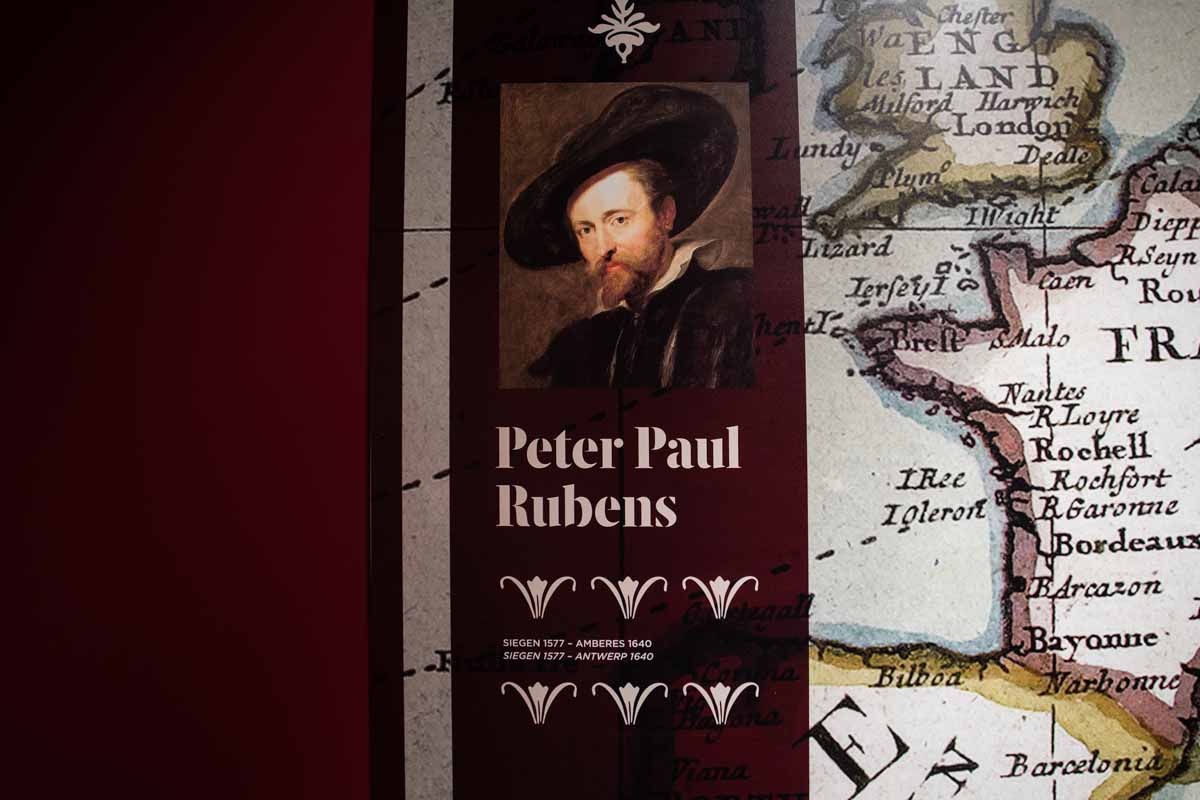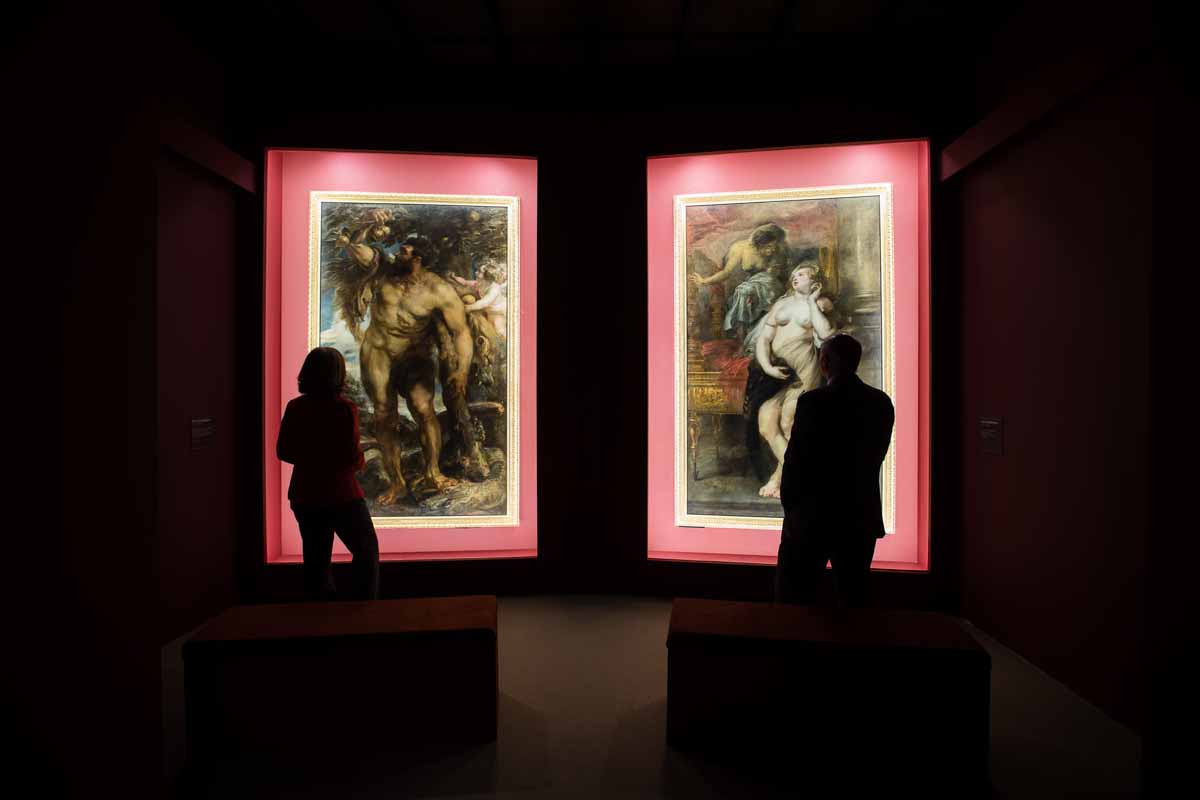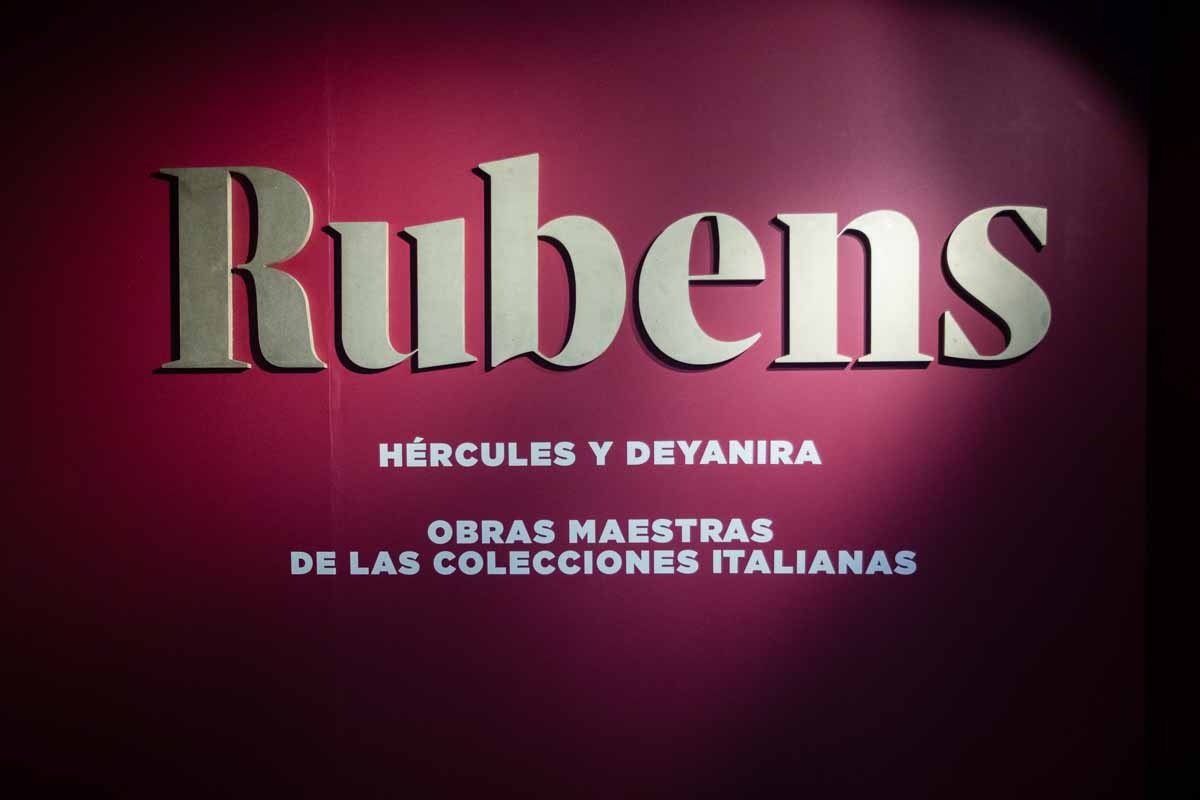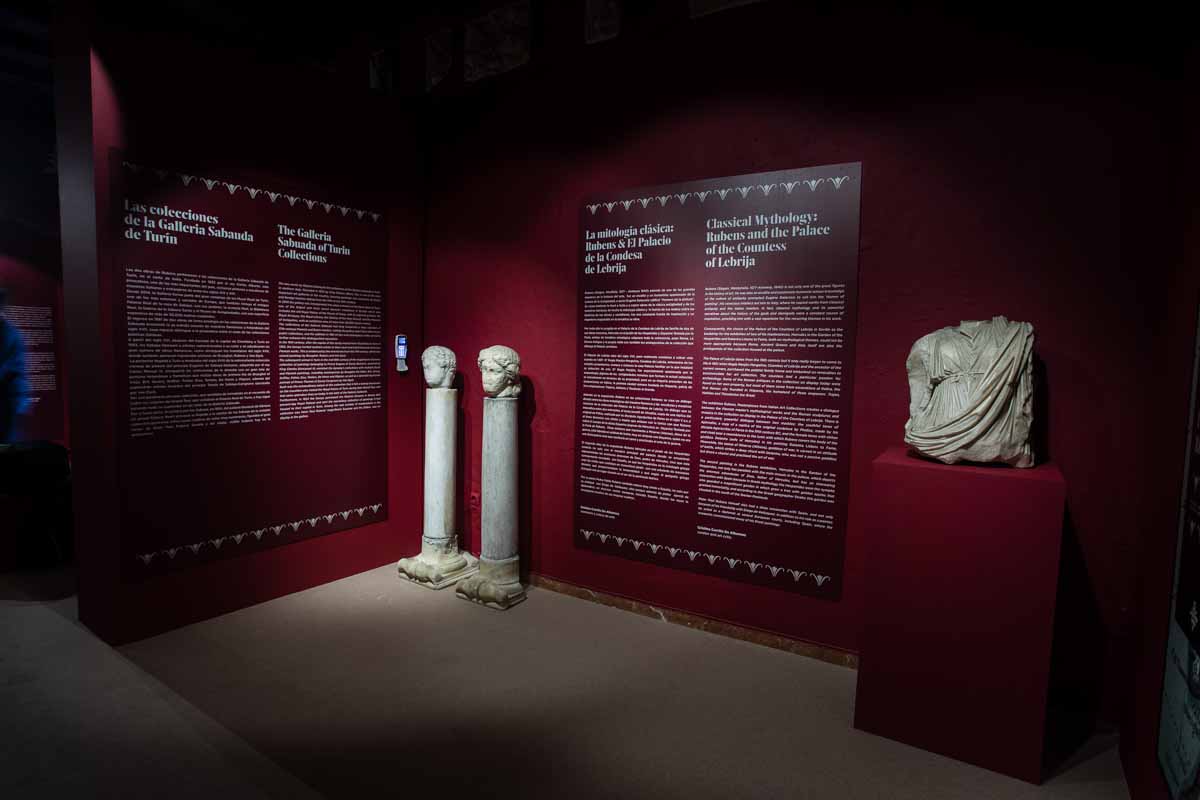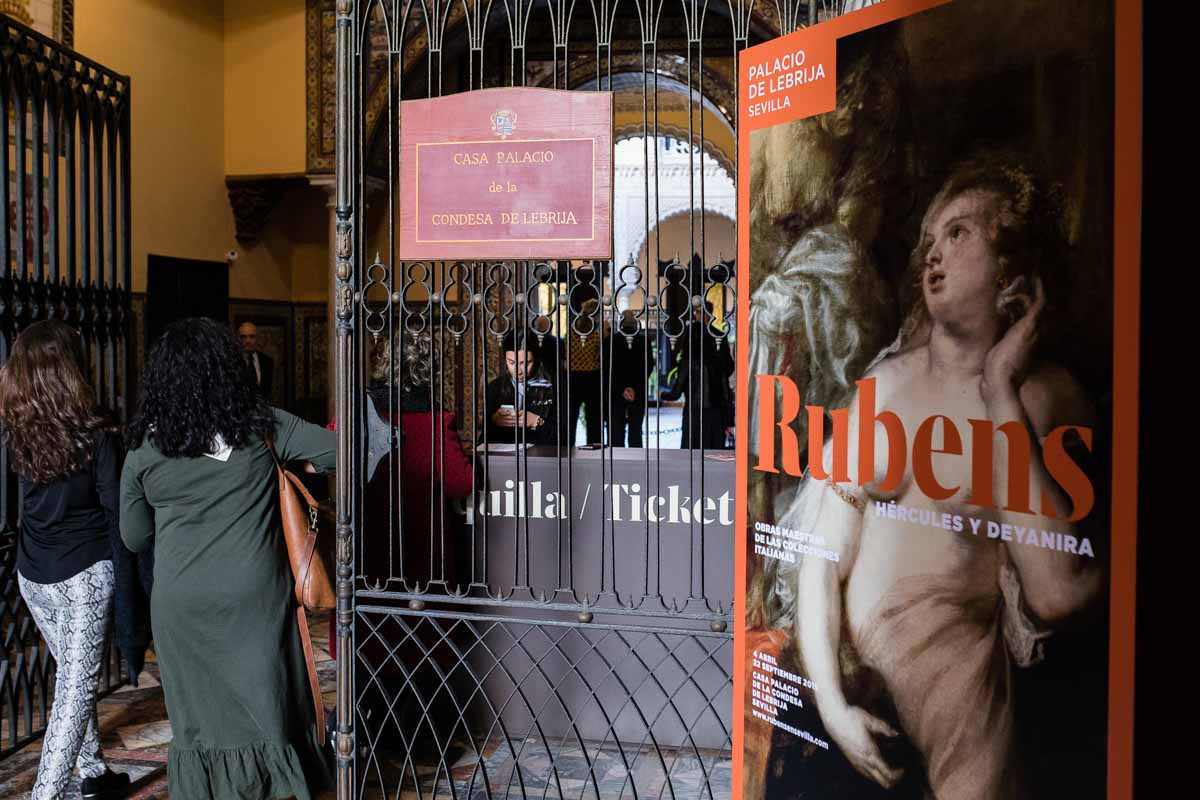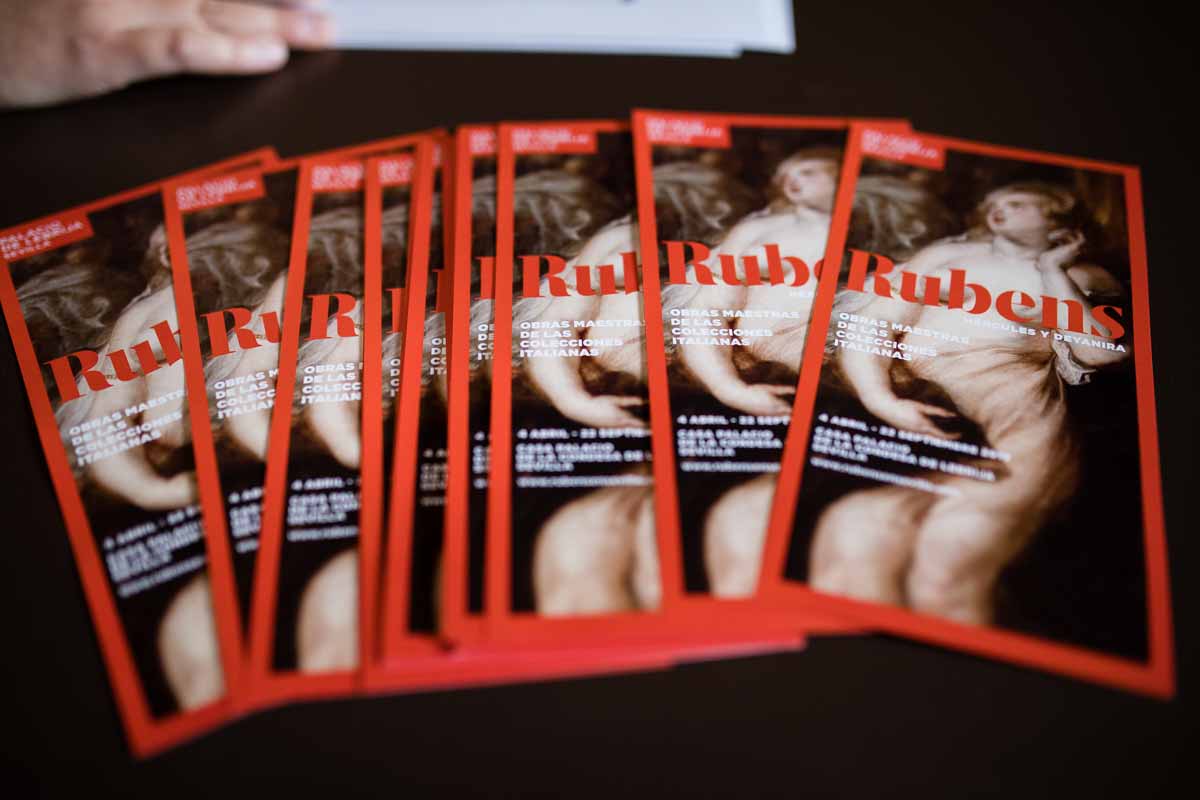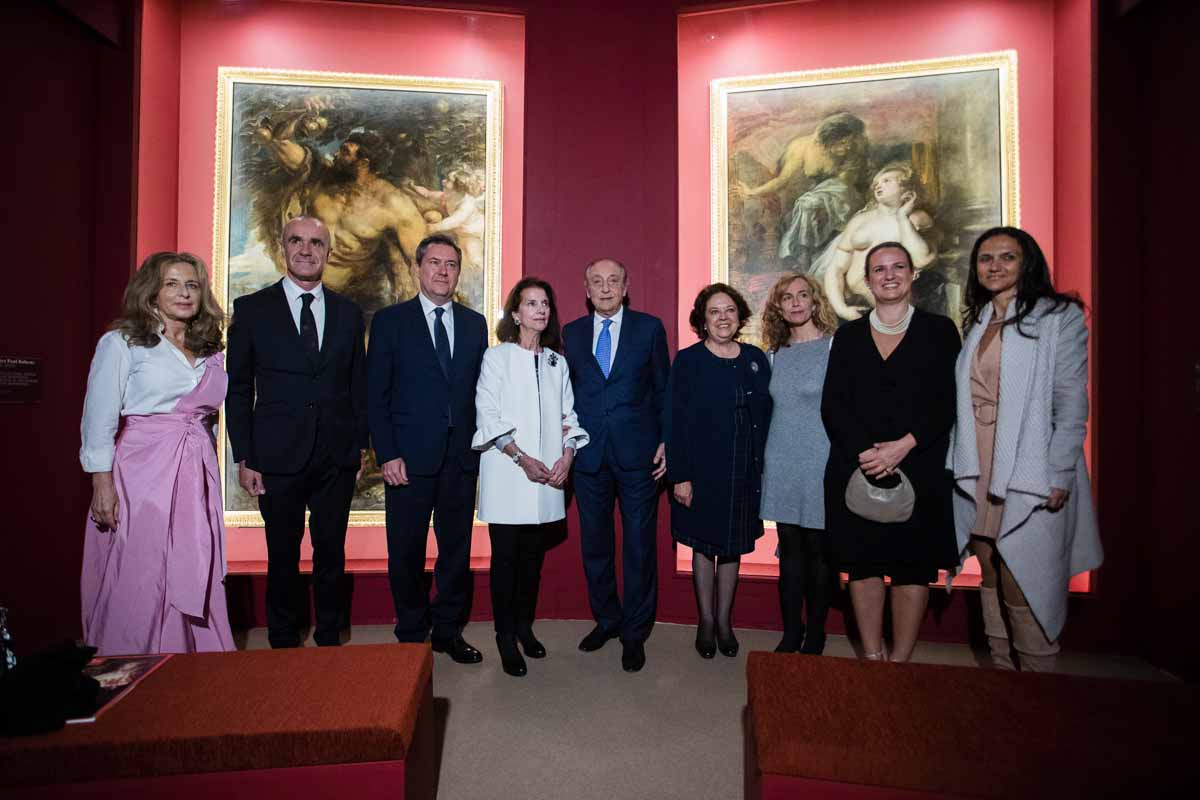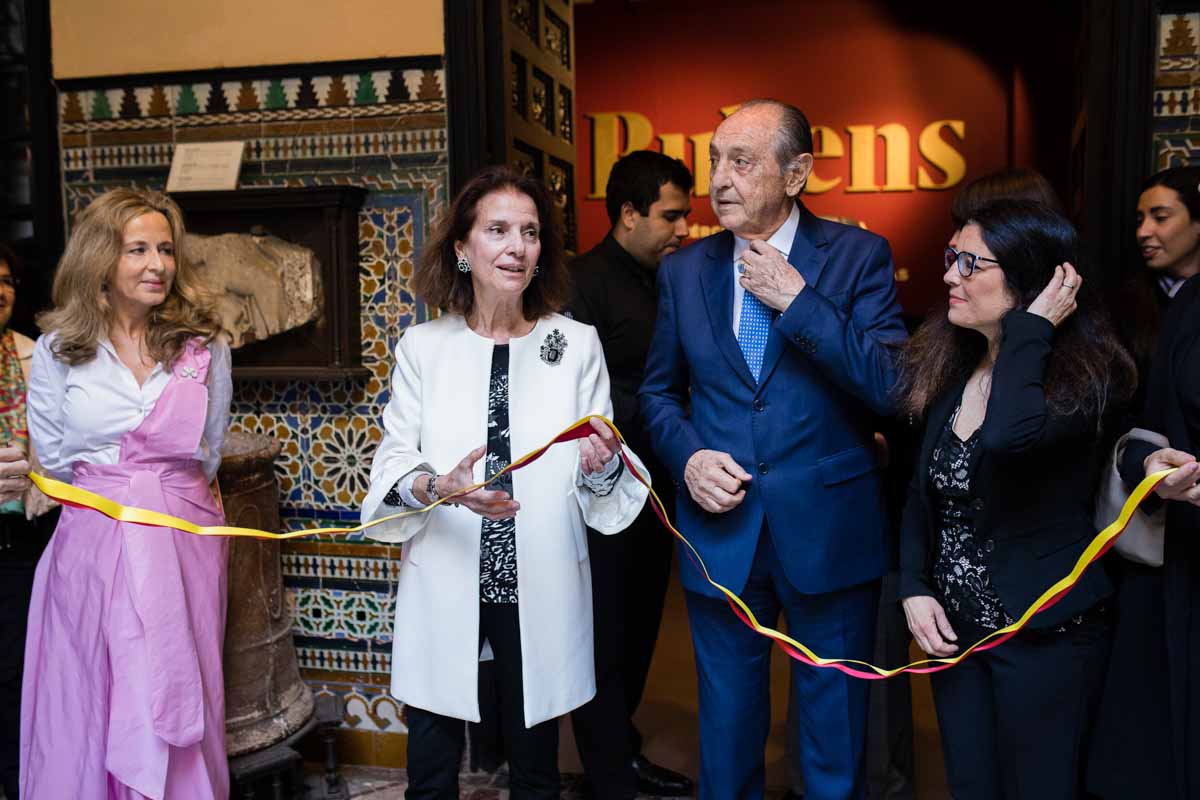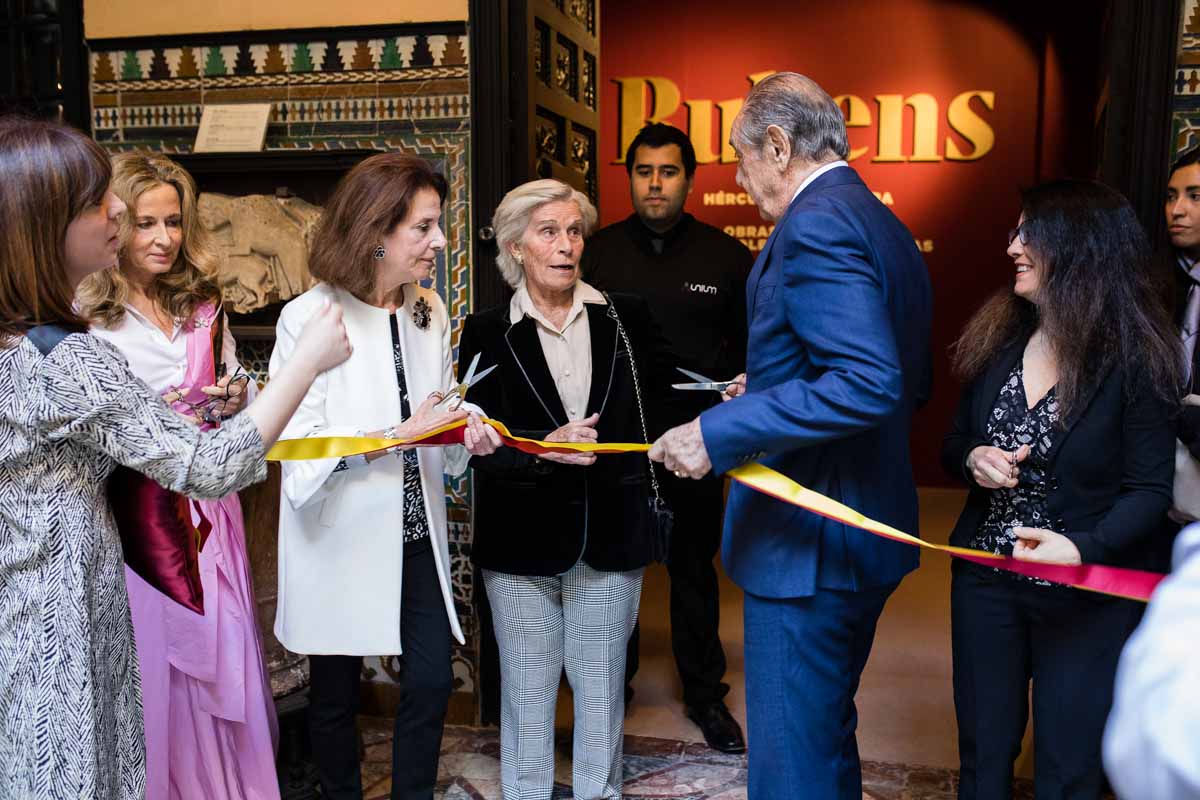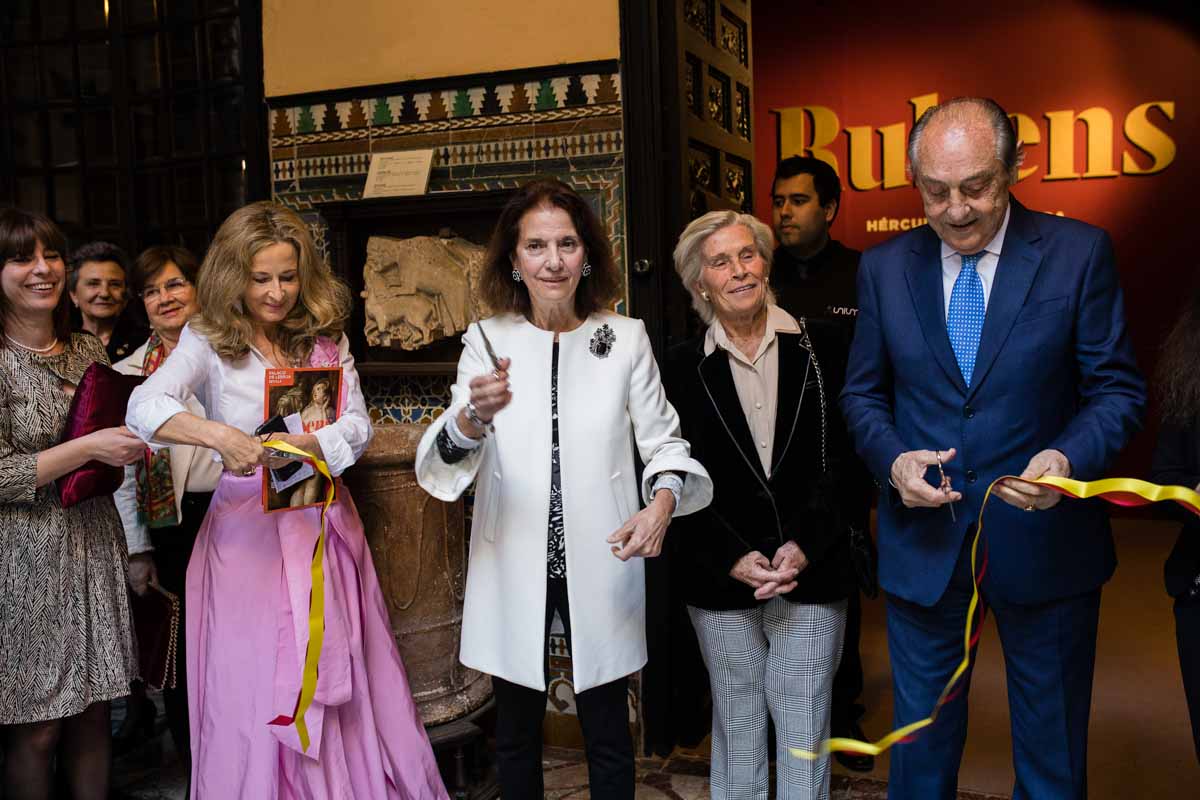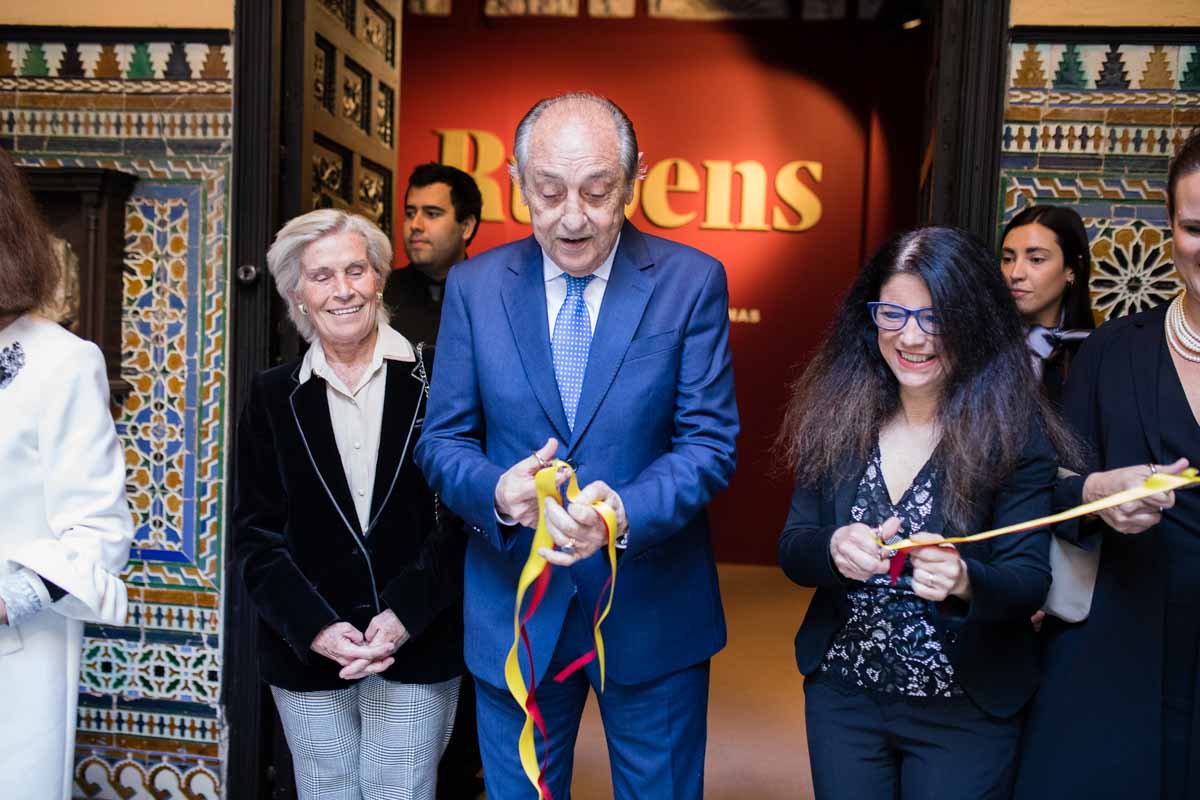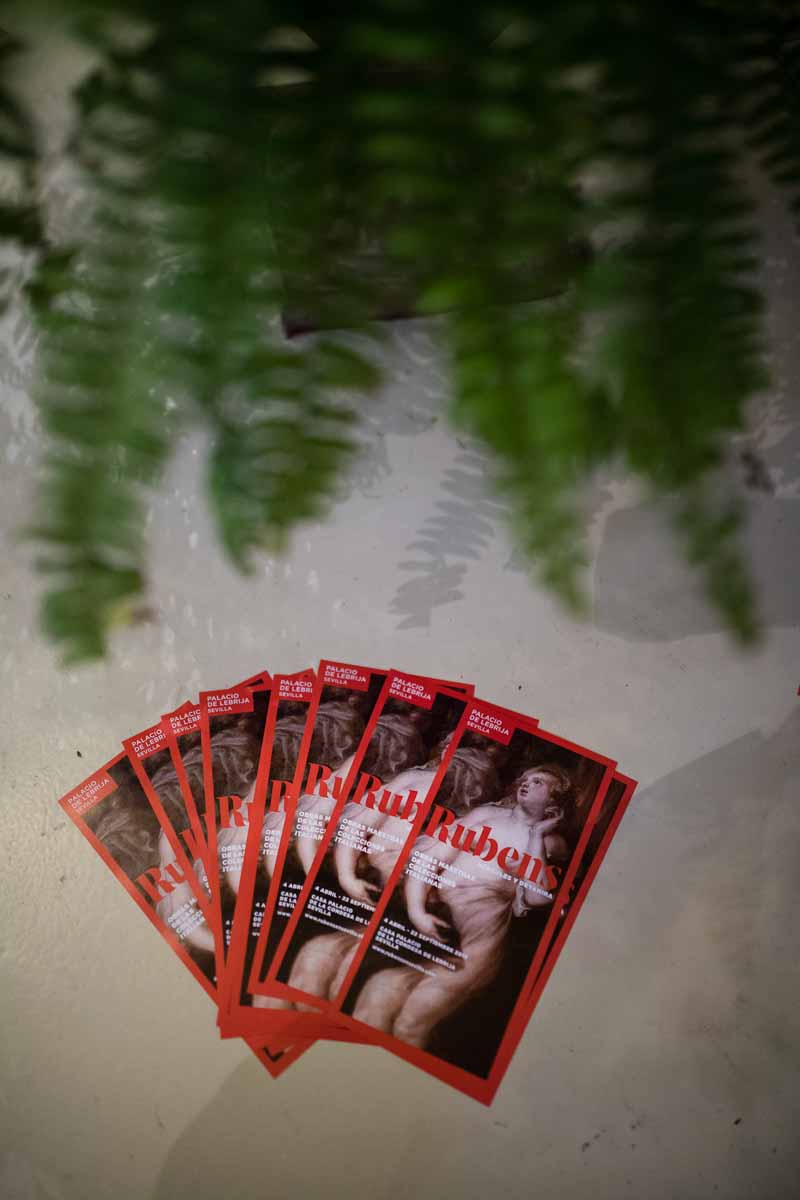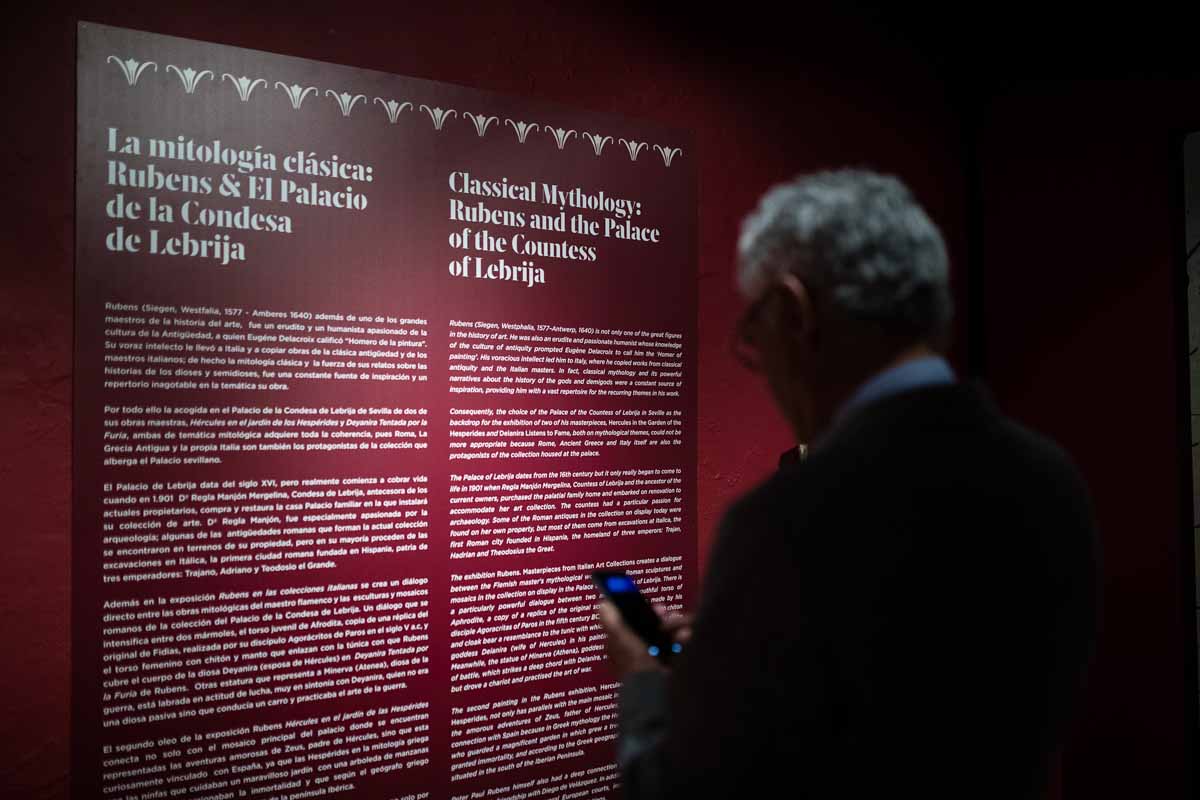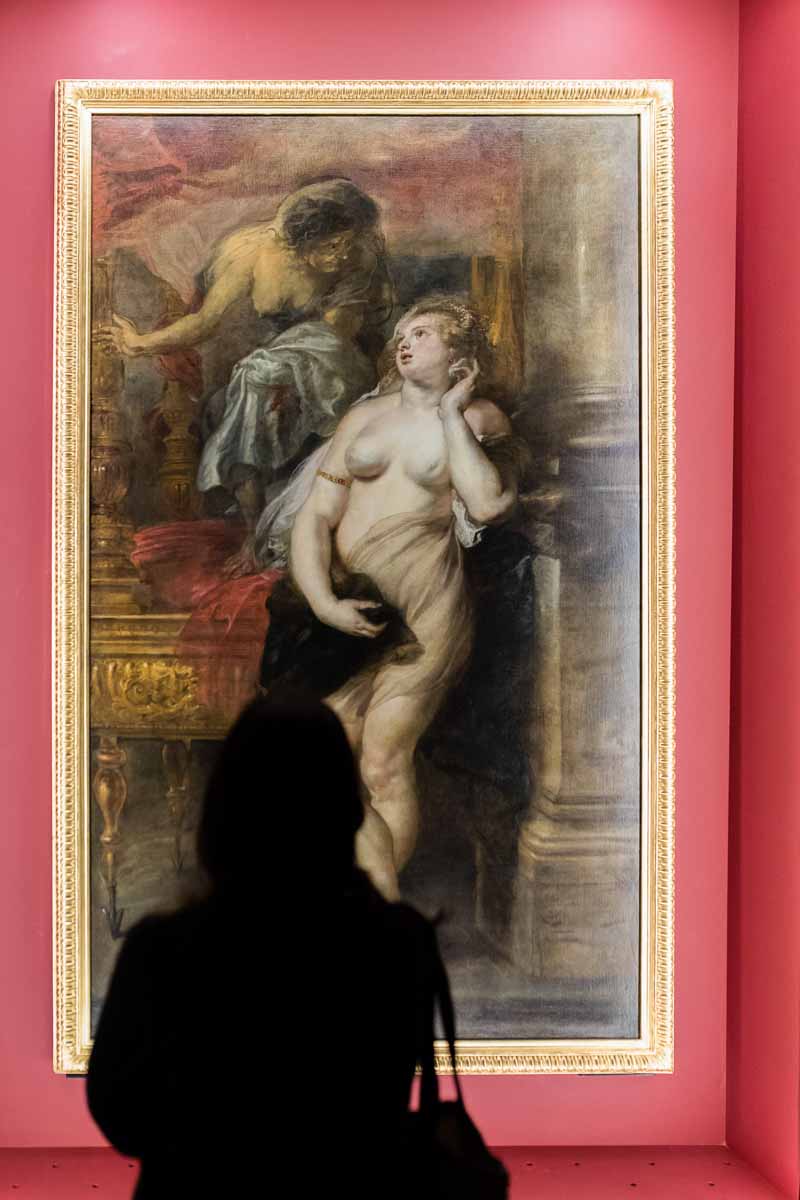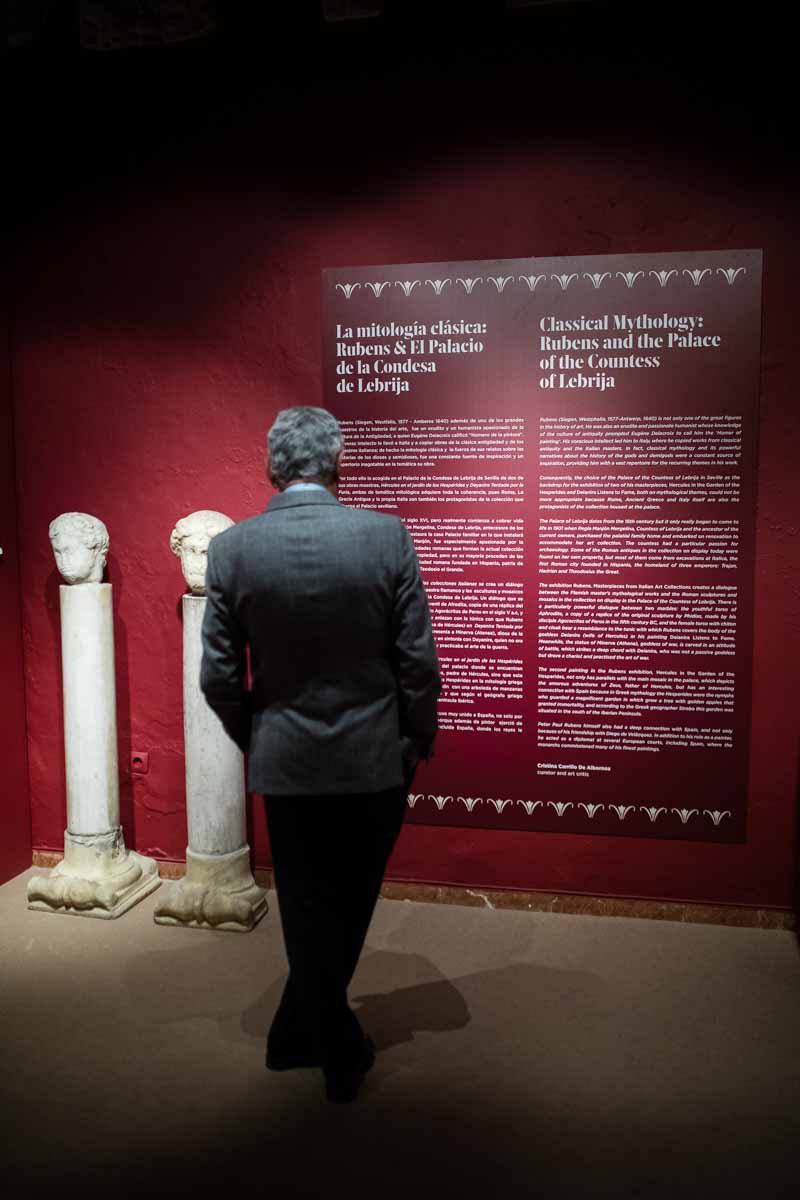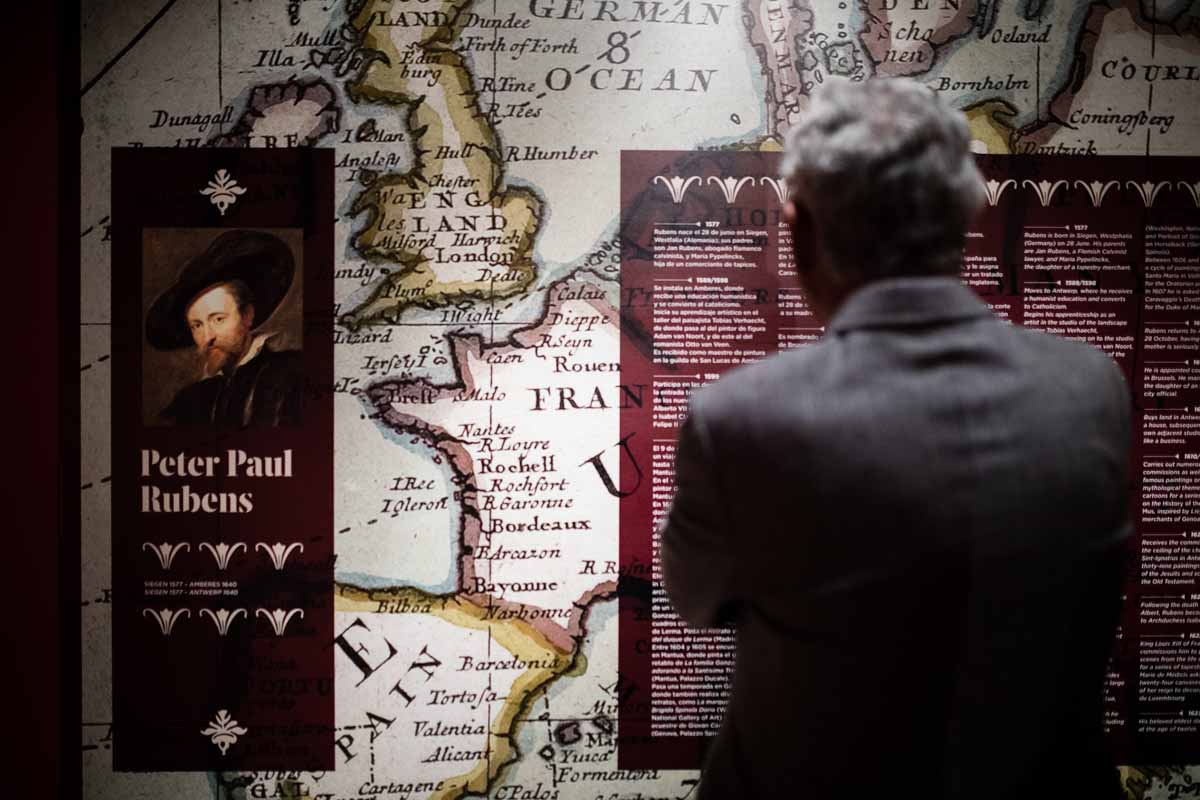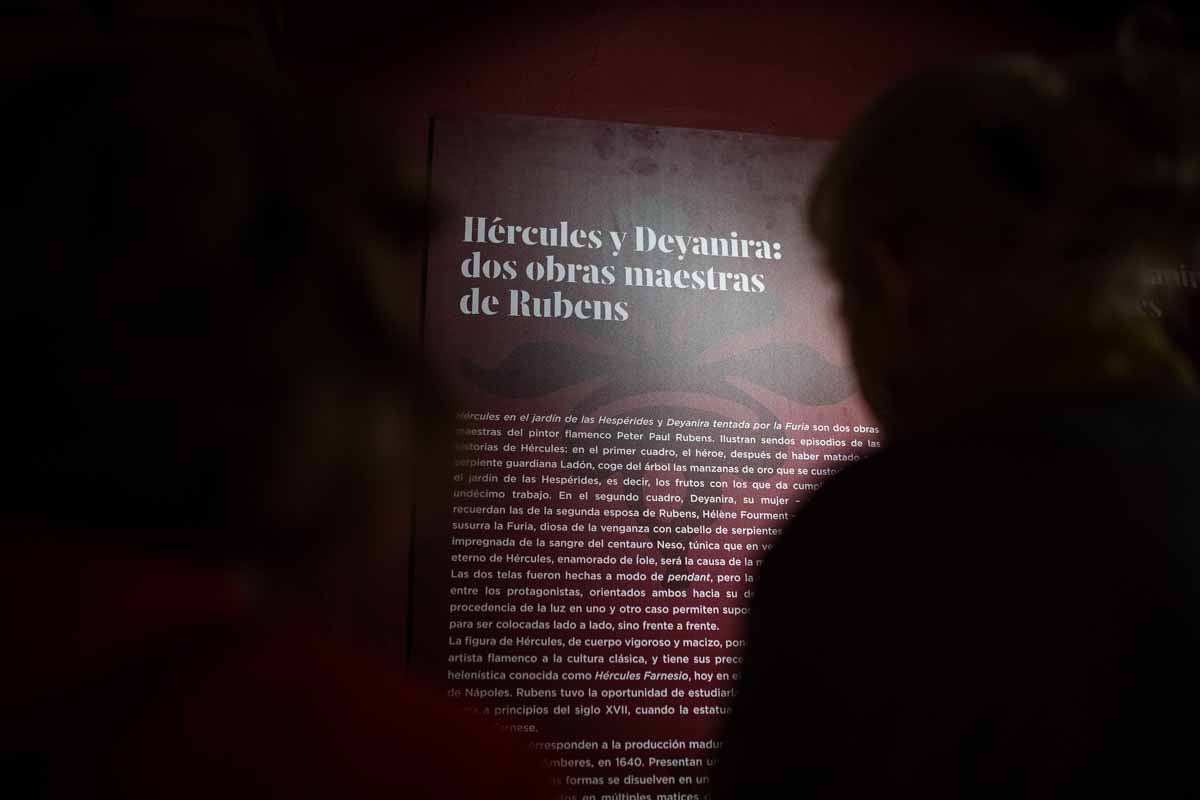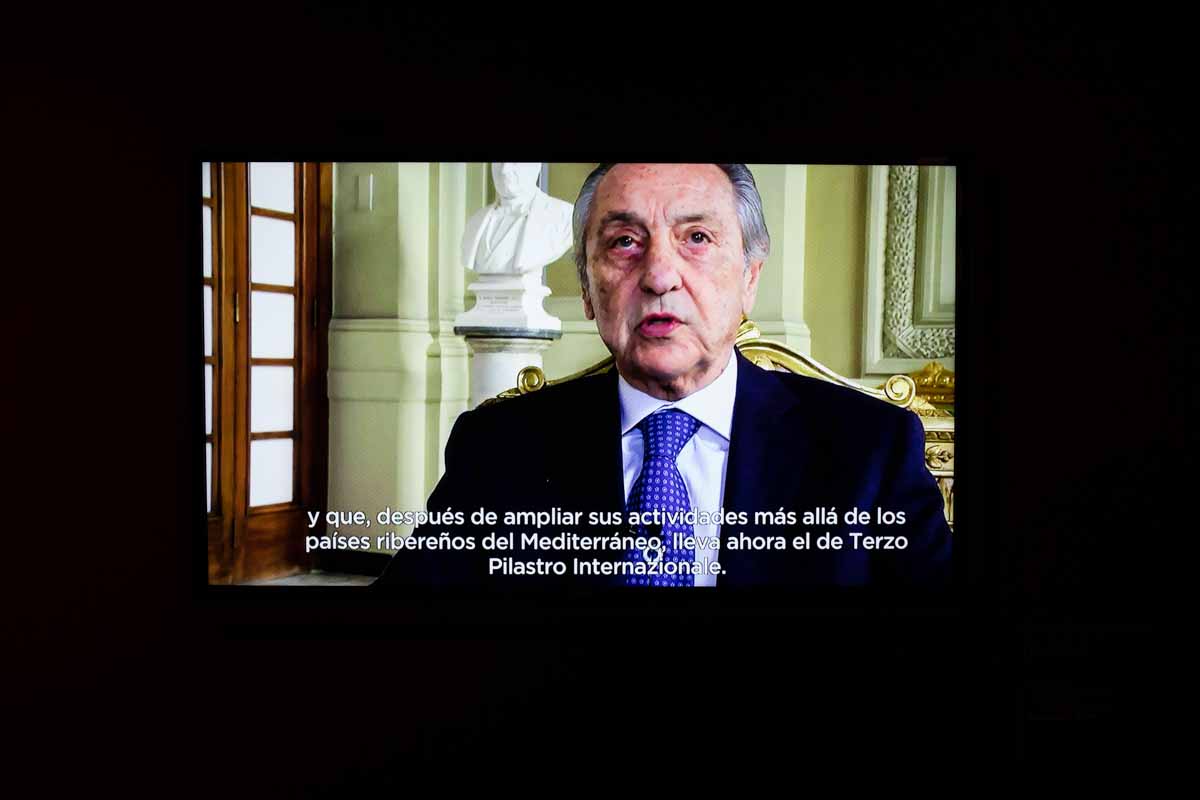Pieter Paul Rubens is part of the newly inaugurated Masterpieces from Italian Collections project, created with the aim of bringing selected works from important museums of the peninsula to the splendid house-museum of Palacio de Lebrija in Seville.
Promoted by the Fondazione Terzo Pilastro - Internazionale and created by Poema, Comediarting and Arthemisia, the Rubens: Hercules and Deianira exhibition represents the first part of a dialogue that is destined to develop over time. A dialogue between the rich mythological-inspired decorations that populate the Andalusian building and the Italian tradition of art, always strongly influenced by an imaginary collective that derives from the classic.
The two large canvases of Hercules in the Garden of the Hesperides and Deianira Tempted by Fury from the collections of the Galleria Sabauda in Turin meet the mosaic decorations, the arabesques of the patio, and the Greco-Roman-style marble busts that, at the beginning of the 20th century, Doña Regla Manjòn y Mergelina, Countess of Lebrija, had chosen to adorn her home in the heart of Seville.
The Countess was the first woman to enter the Academia de Bellas Artes de Santa Isabel de Hungaria in Seville and the Academia de Bellas Artes de San Fernando in Madrid. She loved archeology and was always involved in travels, excavations, and restorations. Roman mosaics, sculptures, and ancient columns can be found in her home, alongside paintings by Antoon Van Dyck, Pieter Bruegel the Elder, Joaquìn Sorolla, and the school of Bartolomé Esteban Murillo.
It was, therefore, no coincidence that Rubens – who Eugéne Delacroix called the “Homer of painting” and whom Doña Regla would have appreciated because of his classical reminiscences and Baroque aesthetics – was chosen. However, there are other reasons why the masterpieces of the Royal Museums of Turin entered into a direct relationship with the jewels of the Casa Lebrija.
If the mythological Garden of the Hesperides in the first painting, with the eleventh labor of Hercules, was placed by the ancients just south of the Iberian Peninsula, the representation of Deianira tempted by Fury has much in common with the Bust of Aphrodite (a 5th century-replica of the original sculpted by Phidias) housed in the palace, with its facial features that remind us of Rubens’ second wife, Hélène Fourment. Other terms of comparison with Rubens’ canvases are the largest mosaic of the museum, dedicated to the amorous adventures of Zeus (father of Hercules), and an exquisite marble statue depicting the goddess Minerva dressed with her traditional helmet and the Gorgoneion with Medusa’s head.
“On their part, Rubens’ paintings are striking, also thanks to their philosophical, moral, and allegorical content,” Prof. Emmanuele F.M. Emanuele di Villabianca, President of the Fondazione Terzo Pilastro – Internazionale, explained. “Dated 1638, they belong to the last period of life of this very prolific painter, who lived and worked for a long time both in Spain (ed. especially in Madrid) and in Italy, particularly in Florence, Genoa, and Rome. He qualifies as the undisputed leader of 17th-century Flemish painting, characterized by an Italianate and classical-like impetus, and it is no coincidence that he was among the first artists to contribute to the flourishing of Baroque art in Italy, so distant from typical Dutch painting, with its privileged subjects that were, instead, the life scenes of the new bourgeoisie of urban centers.”
Curated by the director of the Galleria Sabauda in Turin, Anna Maria Bava, with the collaboration of Cristina Carrillo de Albornoz de Fisac, the Rubens: Hercules and Deianira. Masterpieces from Italian Collections exhibition will be open to the public at the Museo Palacio de la Condesa de Lebrija from April 4th to September 22nd.

